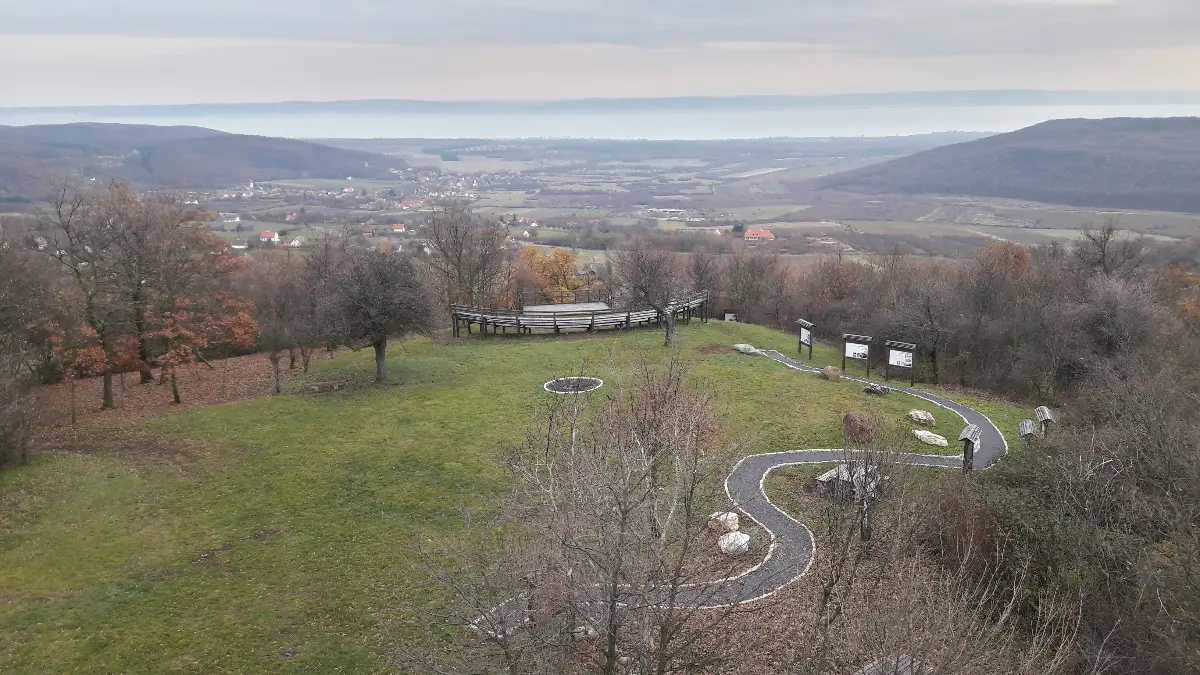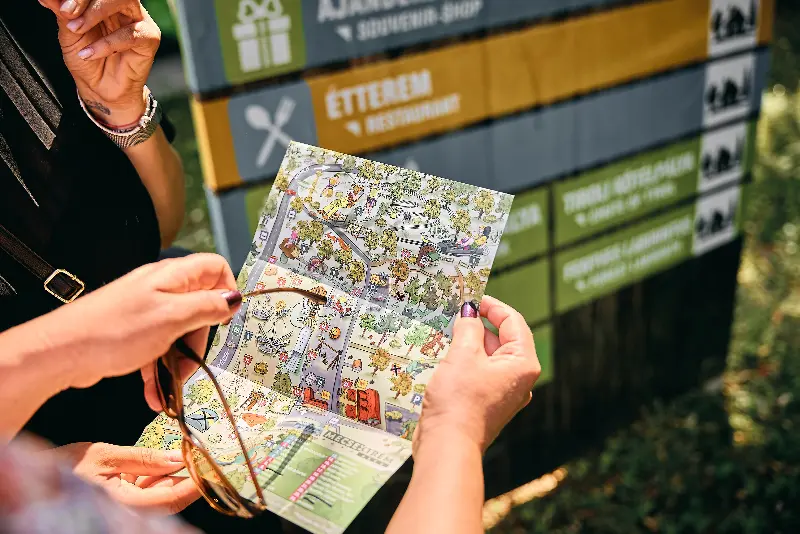
Helyszín címkék:
Pál Kinizsi Memorial Tour – Walking in the footsteps of a General
Hype&Hyper
Pál Kinizsi (1431?–1494) was one of the most famous generals in Hungarian history. The exact place and date of his birth are not known. Legend has it that he was a miller boy – according to the most famous story, the incredibly strong Kinizsi served refreshments on a millstone to King Matthias, who found him worthy to serve in his army. According to historians, however, he may have been of noble birth, and he was indeed related to King Matthias: The name of Kinizsi is first mentioned in a footnote of a decree of King Matthias in 1476.

Because of his continued success, the king donated him the town of Nagyvázsony and the realted estates. Kinizsi was also at the forefront of the development of his manor: he had the castle fortified, and in 1478, he settled the Palatines in Vázsony, and had a monastery and church built for them. He took part in many battles and campaigns, the most famous of which was the Battle of Kenyérmező on 13 October, 1479, where he and István Báthory, the Transylvanian voivode, won a great victory over the Turkish army. He also held a number of titles, including the bailiff of Temes, bailiff of the Máramaros county and magistrate. He died at the siege of Szendrő in 1494, and was buried in Nagyvázsony.
The tour
The Pál Kinizsi Memorial Tour starts from Nagyvázsony. The carved sarcophagus of the warlord can be seen in the chapel of the Kinizsi Castle, where his body was originally buried in the Pauline monastery he founded. Kinizsi’s tomb was looted in 1708, but the Kinizsi relics have found a good home in the collection of the Hungarian National Museum. A bronze statue of Kinizsi, sitting on a horse by Iván Szabó stands on the square in front of the castle, and a plaque on the corner of Kinizsi Street and Castle Street commemorates him.
Walking past the castle, on the outskirts of the village, you will find the ruins of the monastery of St. Michael, where the general was buried. The monastery was short-lived: after a few decades, it was abandoned in 1543 due to the arrival of Turkish troops, and in 1552, the castle guards blew it up to prevent it falling into Turkish hands.
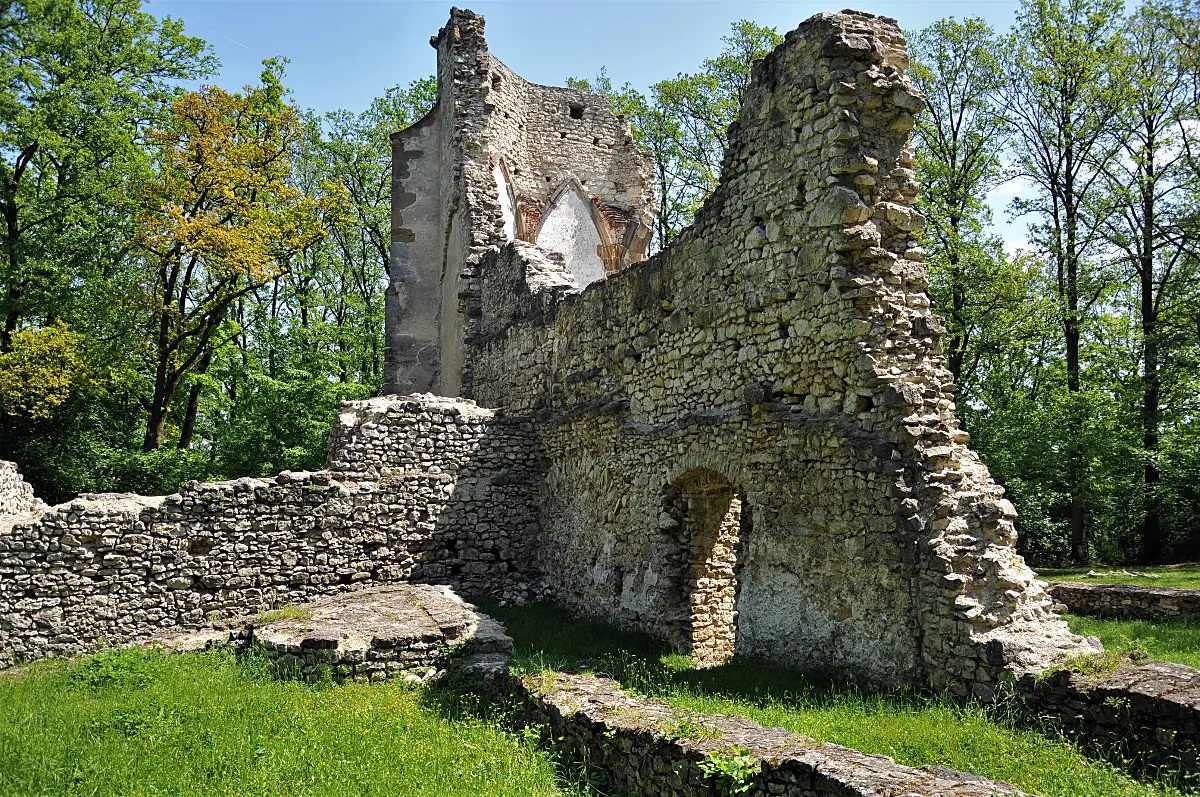
Continuing the tour, you will find the ruins of the churches of St. Helena and Tálod. Tálod was abandoned in the middle of the sixteenth century, during the Turkish occupation – the building deep in the forest was only discovered in 1970. Passing the forester’s lodge in Csicsó, you can reach the church ruins of the village called Árokfő, in a wild and scenic setting, overgrown with plants. The building was probably built in the thirteenth century, but no written record of it survived.
The next stop is the village of Szentantalfa, which was also uninhabited for a while due to the Turks, but nowadays more than 500 people live in the village; here you will find the ruins of the church of St. Blaise. The church tower of the original Romanesque building has been almost completely preserved, and the walls show the original layout. From here, you can enjoy a magnificent panorama of the surrounding area, dominated by the range of the Witness Mountains.
Three churches
Dörgicse is a charming little village in the Balaton highlands, with old houses, lavender and churches. The church of Virgin Mary in Lower Dörgicse was probably built in the middle of the 13th century, and has a Romanesque twin window. It was later rebuilt several times, and in the 20th century, the surrounding area was fortified and excavated.
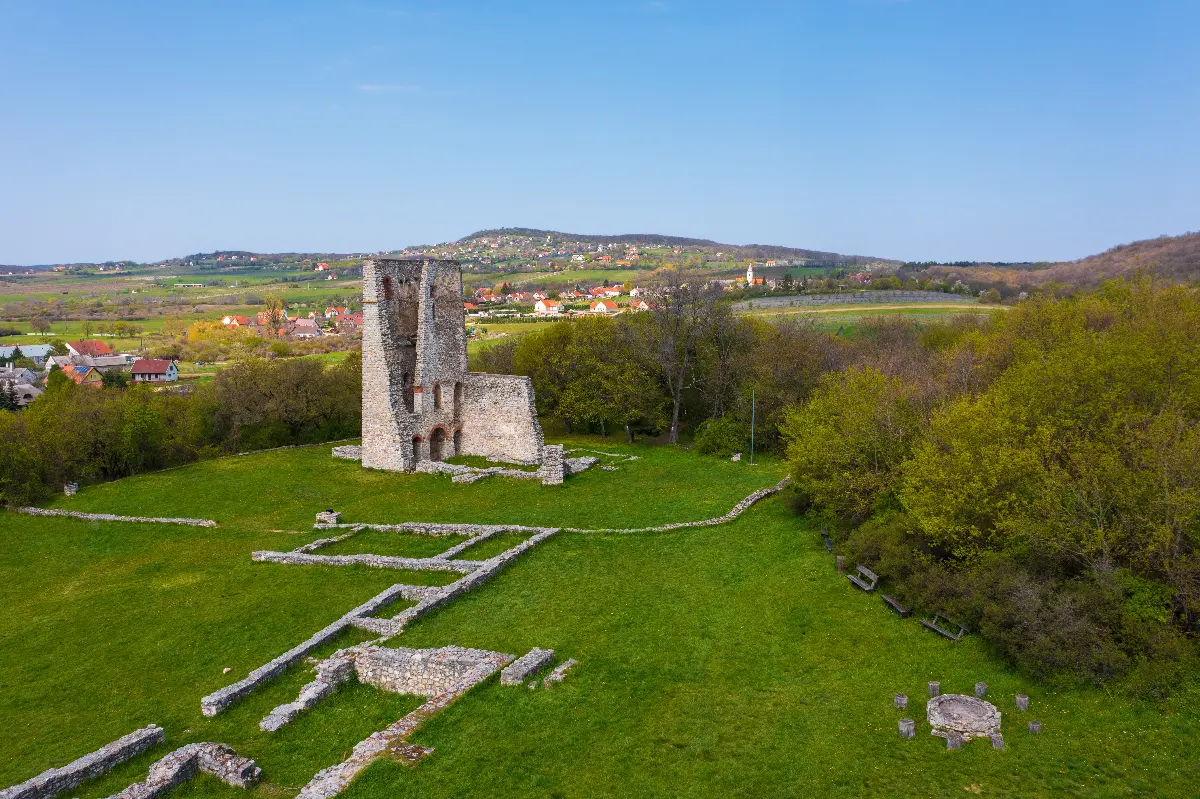
There is a picnic area in the surrounding clearing and a beautiful view of Lake Balaton. The first written record of the church of St. Peter in Upper Dörgicse dates back to 1082, when it was built using stones from an existing Roman holy site. Built in the 12th century in the middle of a meadow, the church ruins of Small Dörgicse were originally dedicated to St. Nicholas, the patron saint of sailors. Not far from the ruin is an arched 18th-century Baroque stone bridge.
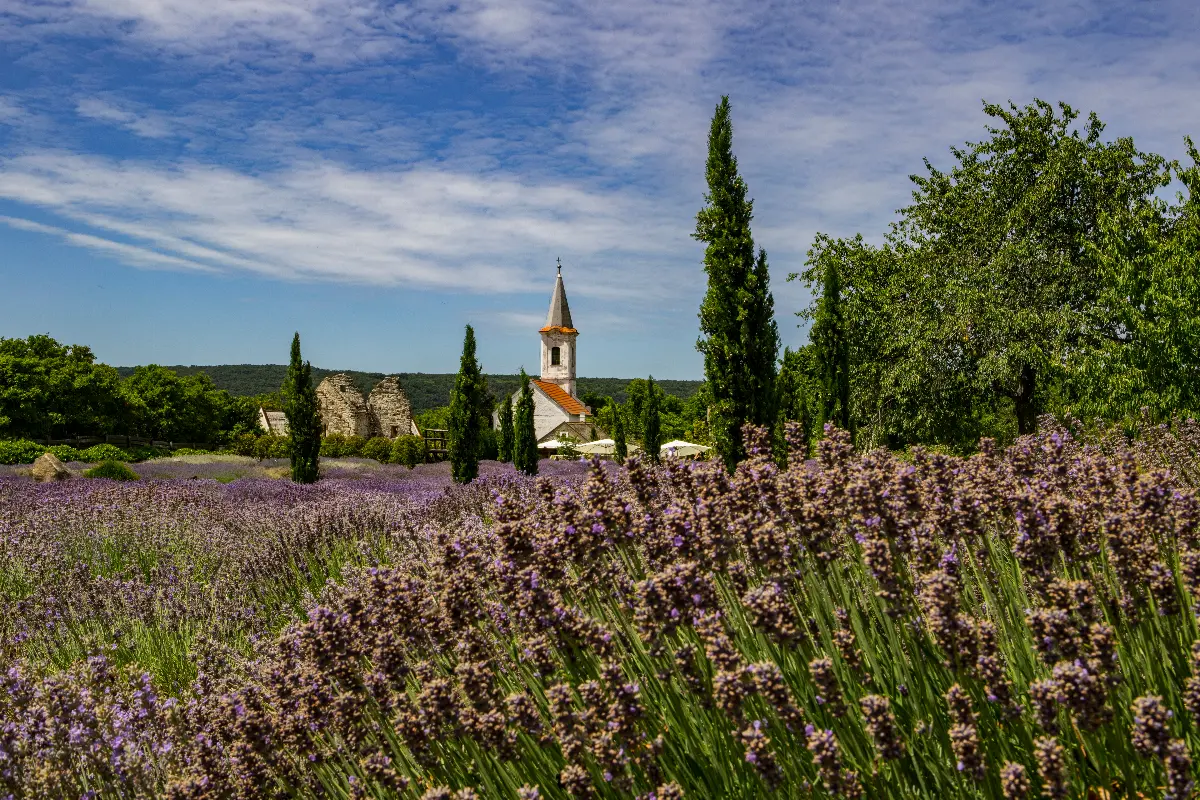
If the views of Lake Balaton seen so far weren’t impressive enough, the Kossuth Lookout, halfway between Dörgicse and Mencshely, will be a great place to admire the scenery for a long time to come. Originally built in 1962, the structure was completely rebuilt in 2015. The 399-metre-high lookout tower built on Halom Hill is the highest point in the area, named after the fact that Lajos Kossuth hid with his family in Mencshely after the fall of the 1848 War of Independence. Mencshely is also known as the village of three towers, as three denominations have churches in the village. From here, the road leads back to Nagyvázsony via the Vöröstó junction, which is also the final stop of the tour.
